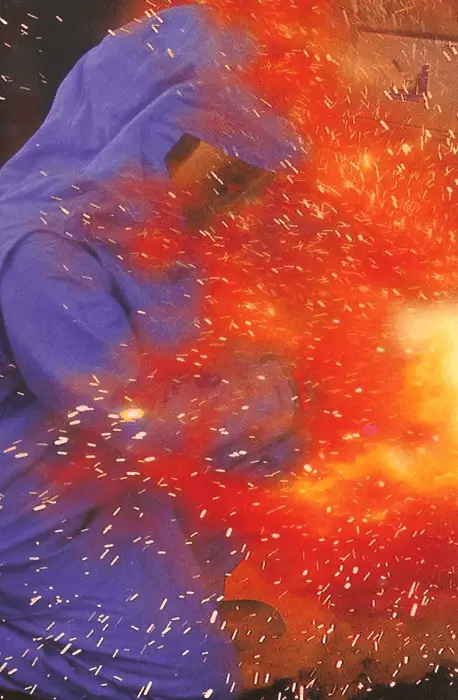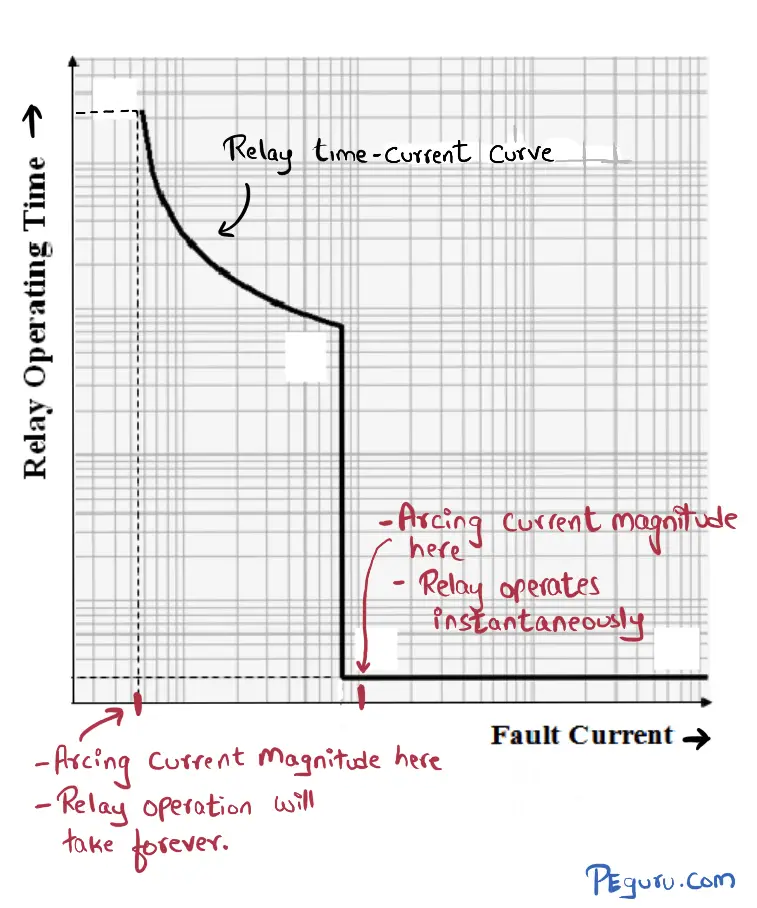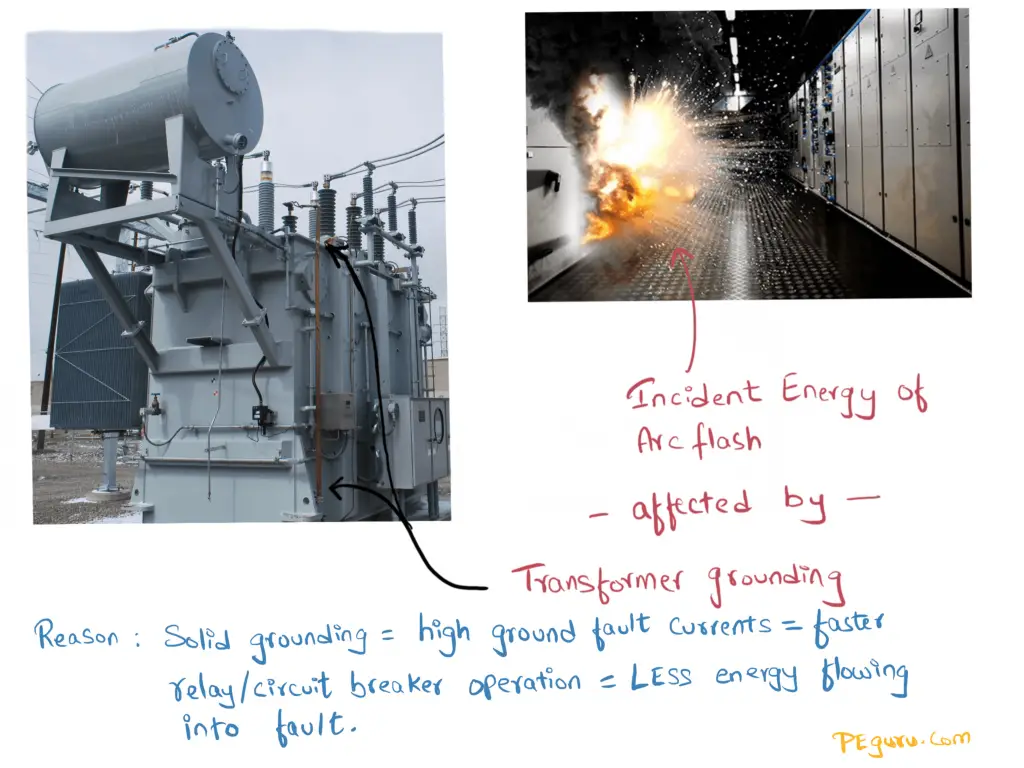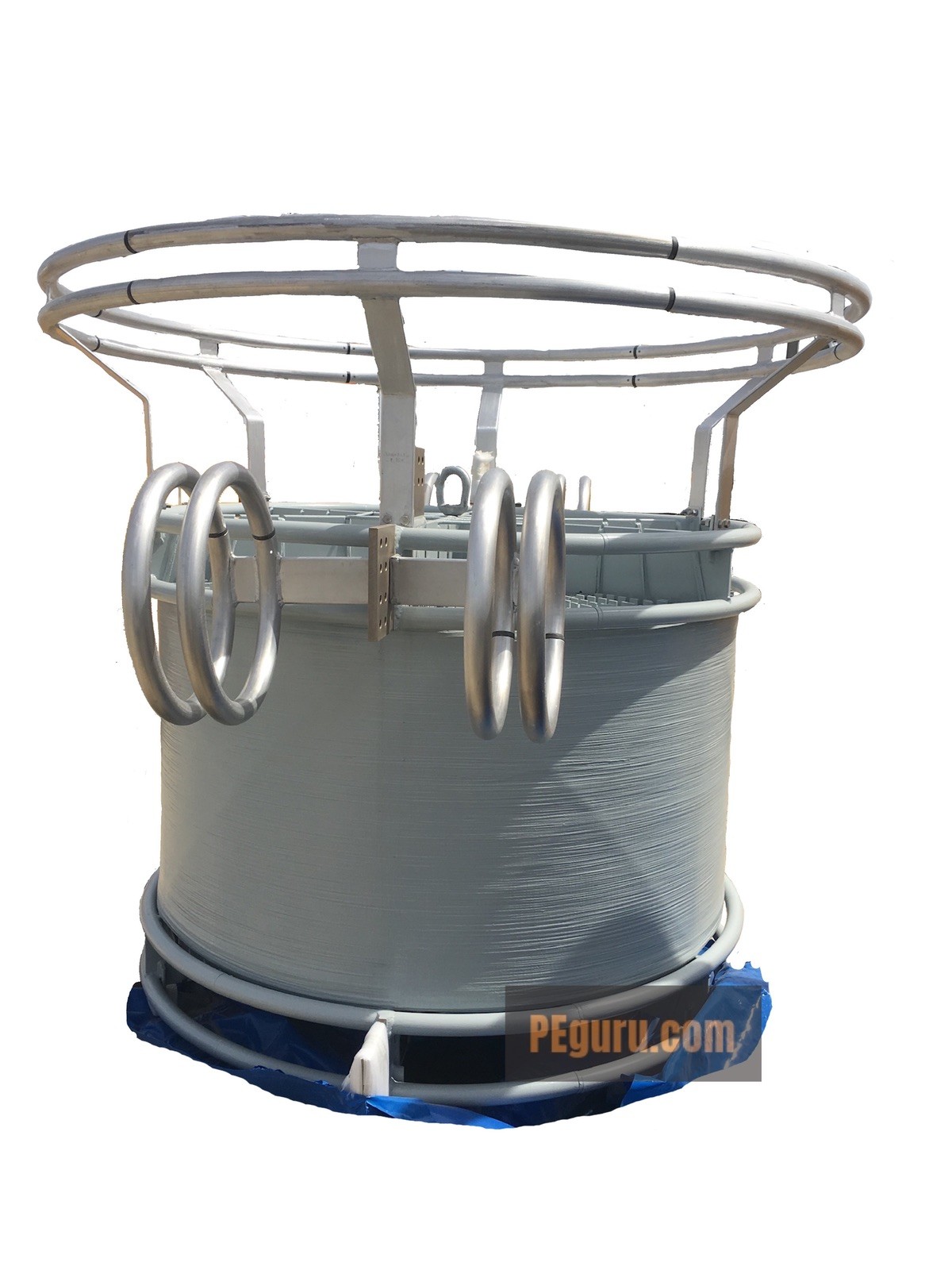
Arc flash hazard is a huge concern in areas where you are operating medium voltage (1kV – 34kV) and low voltage (less than 1kV) equipment. Mostly because when you inadvertently initiate a fault, an arc flash ensuing it releases enormous amount of heat energy. The composition of this arc includes molten bits of copper or aluminium busbar or cable.
Once initiated, the arcing will not stop until the fault current is cleared by a protective device or until the equipment has totally disintegrated. When there is sufficient energy behind the arc, after vaporizing the busbars in the panel, it will proceed on to burn the cables feeding it. Needless to say, anyone caught in this fireball is toast.
Factors Affecting Arc Flash
Quantifying the thermal energy also known as incident energy in an arc flash is the goal of every arc flash expert. These experts can then recommend appropriate Personal Protective Equipment (PPE) for someone working on the energized gear. However, this task of accurately quantifying the energy is impossible. This is because a lot of factors affect the arc flash. Major variables affecting arc flash are
- the available fault current (arcing current specifically) and
- the protective device clearing time
These factors are pretty dynamic since the fault currents can change subject to power system configuration and the protective devices may not operate if the fault current magnitude is lower than relay pickup.

Other not-so-dynamic factors affecting arc flash are system grounding, the orientation of equipment (horizontal / vertical busbars), type of equipment (panelboards, switchboards, switchgears, motor control centers, etc.) Even the type of conductor used – aluminium vs. copper, for equipment fabrication, matters. Unlike copper, aluminium tends to produce more light than heat when vaporizing.

Calculating Thermal Energy (IEEE 1584-2002)
Due to the many factors influencing the arc flash energy, there is no simple E=MC^2 type epic formula to calculate it. After a lot of tests (sponsored by IEEE 1584 standard group) conducted in controlled environment, the following empirical equation was derived to quantify the arc flash energy.
E = 4.184C_fE_n(\frac{t}{0.2})(\frac{610^x}{D^x})where,
- E is incident energy (\frac{J}{cm^2})
- C_f is calculation factor
- 1.0 for voltages above 1kV and
- 1.5 for voltages at or below 1kV
- E_n is incident energy normalized for time and distance
- t is arcing time (seconds)
- D is distance from the possible arc point to the person (mm)
- x is the distance exponent. See IEEE 1584 table 4
E_n is calculated using the equation below,
log_{10}E_n=K_1+K_2+1.081log_{10}I_a+0.0011GWhere,
- K_1 is
- -0.792 for open configuration (no enclosure)
- -0.555 for box configuration (enclosed equipment)
- K_2 is
- 0 for ungrounded or high resistance grounded systems
- -0.113 for grounded systems
- I_a is the arcing current (kA)
- G is the gap between conductors (mm)
Refer to IEEE 1584 standard to see a full listing of the limitations of the above equations.
The above equations are valid for systems in the 208V – 15000V range and in systems fed by a transformer rated greater than 125kVA. Beyond 15000V, the Ralph Lee’s equation is typically used.
Arc Flash Standards
The IEEE 1584 method for calculation is the preferred method to conduct the arc flash study. However a simpler approach would be to follow the NFPA 70E PPE matrix. Since the ultimate goal is the safety of electrical personal, this standard recommends appropriate PPE for certain equipment provided the engineer is cognizant of the magnitude of available short circuit current and the upstream protective device’s clearing time to clear this fault current.
The work place safety imposed by OSHA 1910 recommends conformance to NFPA 70E for safety in areas where arc flash is a concern. But for someone who takes arc flash seriously, a thorough study using IEEE 1584 standard is recommended.
Summary
In summary, the ultimate outcome for the arc flash study would be
- To warn people of arc flash hazard by communicating its presence using labels.
- Recommend suitable PPE to enable work on an energized piece of equipment.
- Identify safe work practices and measures to mitigate the risk of arc flash hazard.
Update: Arc flash equations have changed in the 2018 version of IEEE1584. Stay tuned for an updated article.

